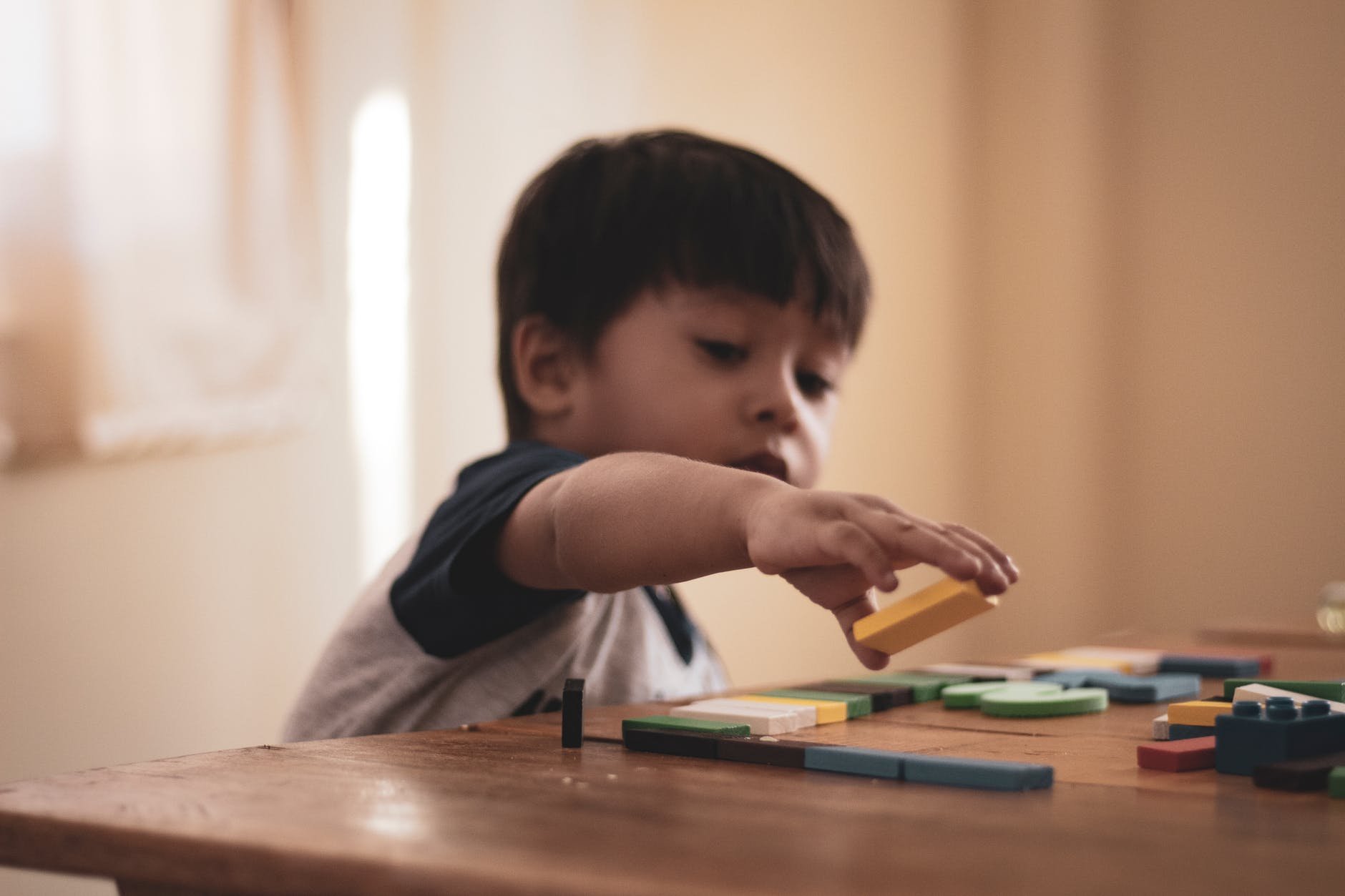Curriculum
One of the greatest gifts we can give our children is the joy of learning. Learning is a joyful activity when children are given the opportunity to progress at their own pace, challenged by lessons and educational materials designed to meet their inner needs.
In all subject areas, exceptional use of hands-on materials helps the child to explore and learn concepts in a concrete way. Both indoor and outdoor environments are rich in social, emotional, cognitive, and physical experiences.
The curriculum is organized into a spiral of integrated studies, rather than a traditional model in which the curriculum is divided into separate subjects, with certain topics studied only once at a specific grade level. Lessons are introduced in a simple manner with concrete materials in the early years. Several times over the succeeding years, they are reintroduced at increasing degrees of abstraction and complexity.
Practical Life
The Practical Life Curriculum Area in a Montessori classroom defines the education for the skills required in everyday life. The activities help the child develop a sense for social relations, discipline, grace and courtesy, care of the self, and care of the environment. The Practical Life Curriculum Area develops concentration, coordination, independence, and self-discipline as the child gets absorbed on a purposeful activity. The activities are carefully prepared for the use of large and small muscle movement as well as hand-eye coordination such as spooning, squeezing, pouring, twisting, rolling and folding, pounding and stringing, and more. Good working habits are established as the child finishes each task and puts away all the materials before beginning another activity.
Sensorial
The Sensorial materials isolate a defining quality, such as color, size, sound, texture, or shape. They help to develop the child's visual, auditory, and tactile senses. Some Montessori materials, such as the bi-nomial cubes, are concrete representations of mathematical concepts that appear in later schooling. This area begins with simple arithmetic and geometry in preschool and moves up to pre-algebra in the elementary years.
Language
The language materials include objects and pictures to be named, matched, labeled, and classified to aid vocabulary development. Textured letters allow the child to feel and see the alphabet, while the movable alphabet leads the child towards reading. Once the child begins to blend sounds to make words, a variety of materials are available, ranging from simple three-letter, short-vowel words to read, to materials designed to teach long-vowel sounds, phonograms, and parts of speech. A wide variety of reading materials are used to gain proficiency and a love of reading.
Math
The Montessori Math materials are designed to allow the child to explore a concept in the concrete form. The sequence of presentation begins with simple to more complex and from concrete to abstract. Children progress through concepts at their own developmental rate. The materials themselves contain the pattern for presentation as well as understanding. The perceptual skills already acquired through materials in the Sensorial Area are now laying the foundations for counting and arithmetical operations which are to be developed in this area.
Cultural Subjects
This was called by Maria Montessori, "cosmic education", and it is aimed to bring about in a Montessori classroom a variety of materials in Botany, Zoology, Geography, History, Art, and Music along with the respect for different cultures and people. The children gain an awareness of the world around them by exploring other countries, their customs, food, music, climate, language, and animals. Their experiences will include work with globes, maps, flags, and landforms. This helps to raise their consciousness about other people, to gain an understanding and tolerance and, therefore, compassion for all the people in the world.
The sequence of the materials in this area begins with presenting the real thing (wherever this is possible) before moving to representations (photographs, pictures, drawings) and abstractions. The child will continue with these activities as learning parts and functions, classifying and definitions. The children have opportunities to become insightful, perceptive, sensitive and, most important, thoughtful through activities in this area.
Science
Children learn about living and non-living things, parts of plants and animals and time lines, and they begin to make scientific observations, experiments, and discoveries.
Music
The focus is to develop an appreciation for music. The children sing and dance, play musical instruments (rhythm sticks, xylophone, chimes etc.), and learn the basics of music, as well as develop performance skills.
Art
Art is a natural part of our classroom, which encourages individual expression. Collage, finger and brush painting, watercolor, and clay offer opportunities to experiment and create. This area is process rather than product-oriented.
Extracurricular Activities
This includes classes on Dance, Music, Gymnastics, Tennis, Physical Education, and After School Activity Clubs depending on the classroom and age of the children. Inquire about the individual programs for more information.
